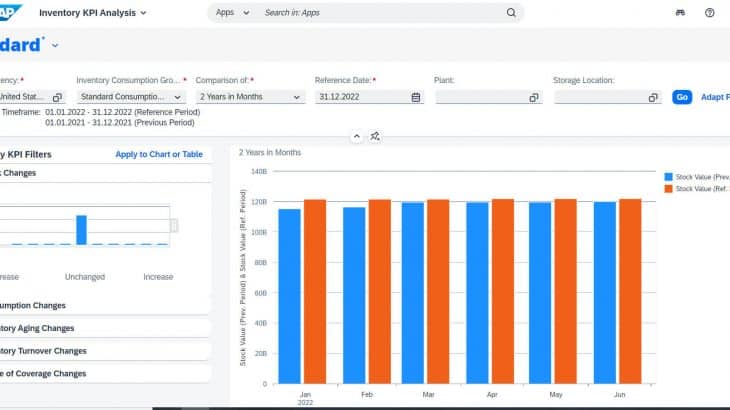SAP S/4HANA Cloud is a cloud-based enterprise resource planning (ERP) system that provides a suite of integrated and end-to-end business applications for various industries, including sales, procurement, manufacturing, transportation, and integration with other cloud systems such as Ariba, DMC, etc. In this blog post, we will explore an end-to-end make-to-stock (MTS) scenario that organizations can implement with SAP S/4HANA Cloud to streamline their logistic operations and drive business growth.
A make-to-stock scenario is a production strategy where an organization produces goods in advance of customer demand. This scenario is typically used when an organization has a high demand for a product and wants to ensure that they have stock on hand to meet that demand.
Let’s have quick look at how efficiently end to end logistic process runs in S/4HANA Cloud:
There was a small manufacturing company that produced high-quality bikes. They had a loyal customer base and a steady demand for their bikes, but the company struggled to keep up with the demand. They often ran out of stock and had to turn away customers, which impacted their reputation and bottom line.
The company knew it needed a better way to manage its operations and decided to invest in SAP S/4HANA Cloud. With this powerful ERP system, they could implement an end-to-end make-to-stock scenario that helped them streamline their operations and drive business growth.
The first step was to create a production plan based on forecasted demand for their bikes. SAP S/4HANA Cloud allowed them to set production targets, determine required resources, and schedule production runs. They were also able to perform what-if simulations to optimize the production plan.
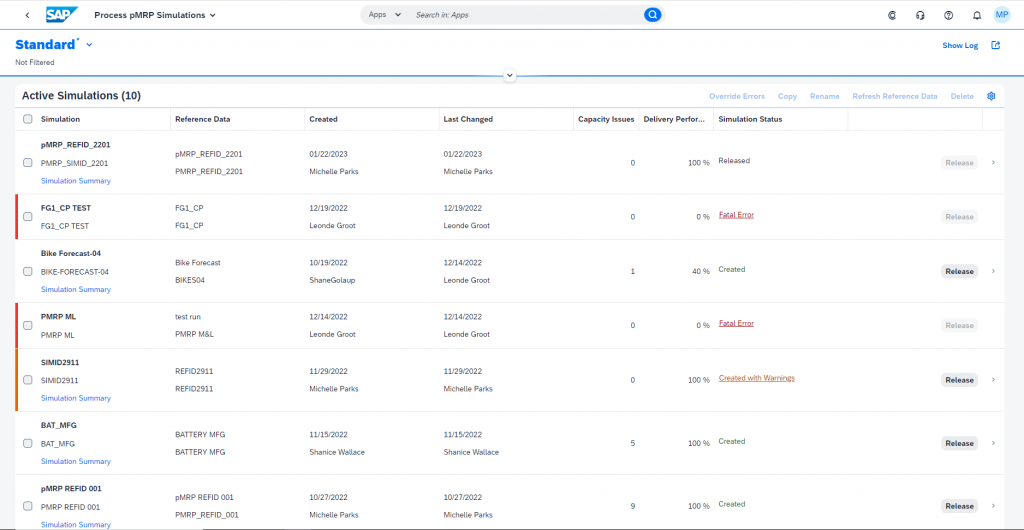
Next, the Plant manager performed material requirement planning (MRP) to determine the materials and components required to produce the bikes. With SAP S/4HANA Cloud, they were able to perform MRP in real-time, ensuring that the necessary materials were on hand when needed.
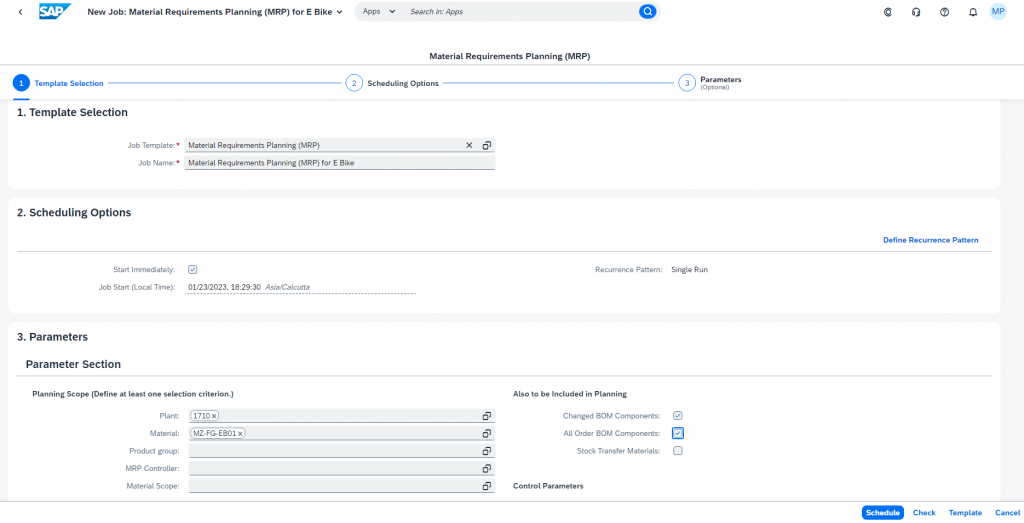
With the MRP run, they came to know that some of the components of BOMs were out of stock and needed to be procured immediately to start the production process.
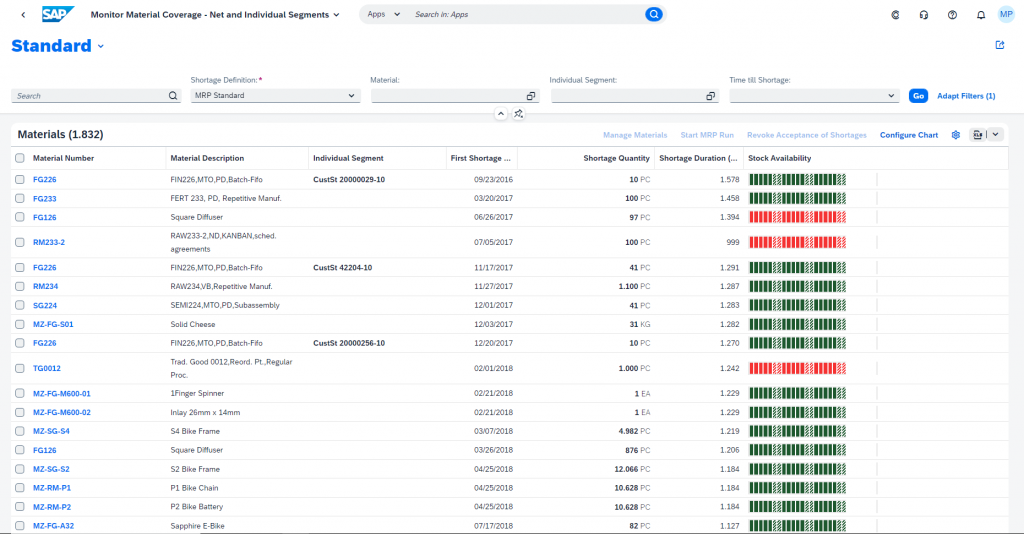
They immediately triggered sourcing & procurement operations to get the necessary components stock. Now purchase managers were able to manage their various procurement operations like subcontracting, sourcing from the Ariba network, etc, including the creation and management of purchase orders, tracking of goods receipts and invoices, and managing supplier relationships.
S/4Hana Cloud integration with Ariba enables companies to streamline their sourcing and procurement processes. With Ariba, companies can manage their supplier relationships more effectively, automate their sourcing and procurement processes, and gain real-time visibility into their spending and supplier performance.
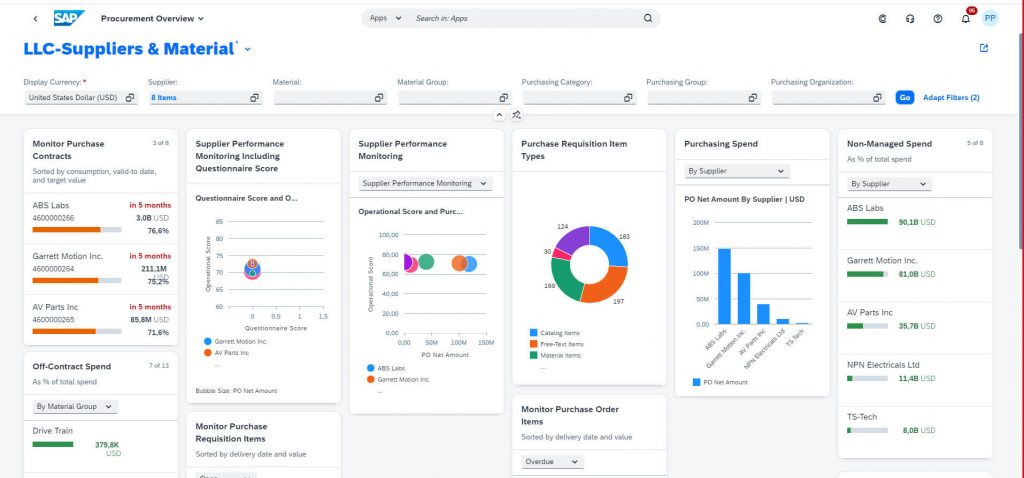
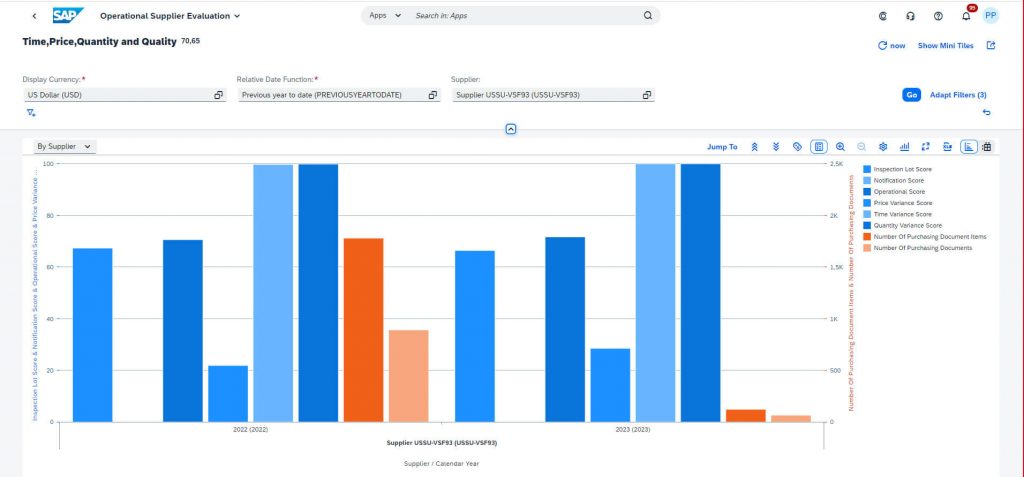
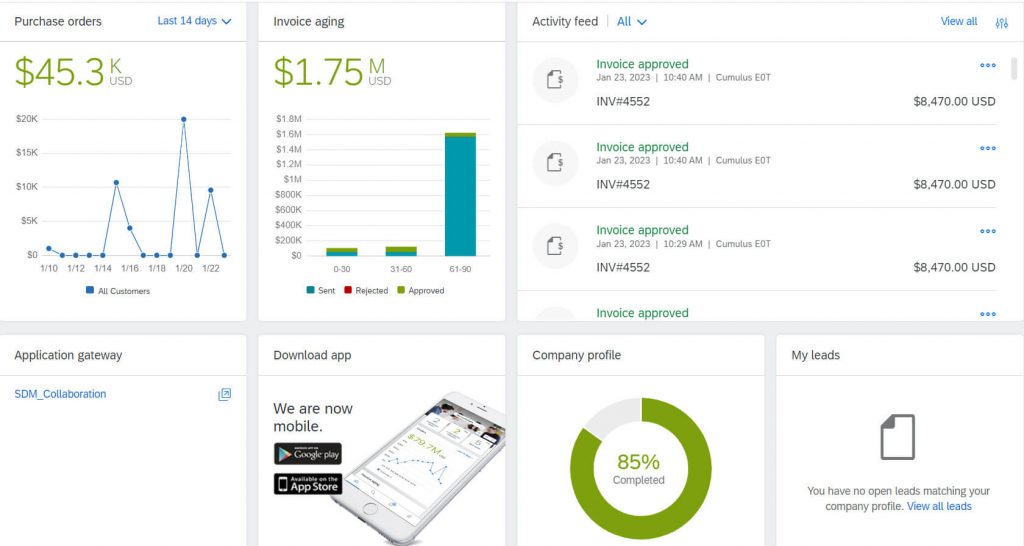
Once all required components were in stock, then they created production orders and tracked their progress through the production process. SAP S/4HANA Cloud allowed them to track materials consumption, monitor production costs, and manage quality control.
SAP S/4HANA Cloud’s manufacturing capabilities enable companies to manage their entire manufacturing process, from planning and scheduling to execution and monitoring.
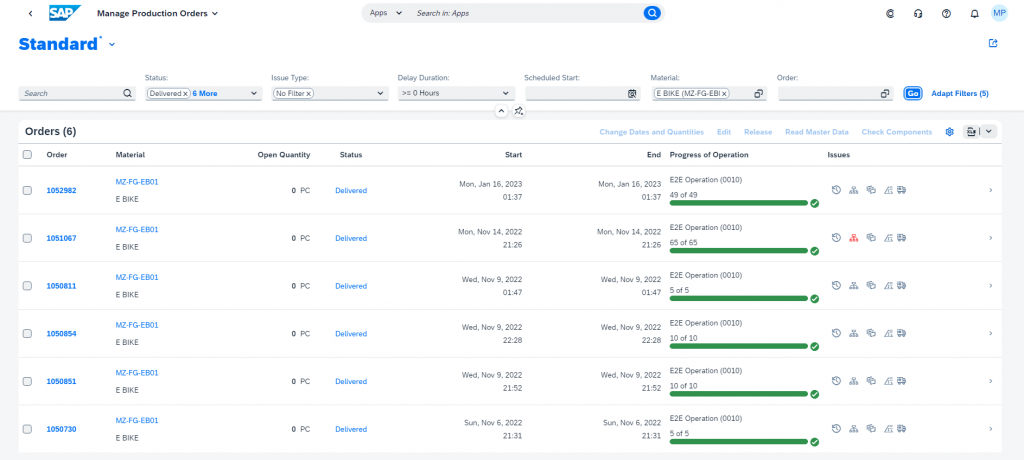
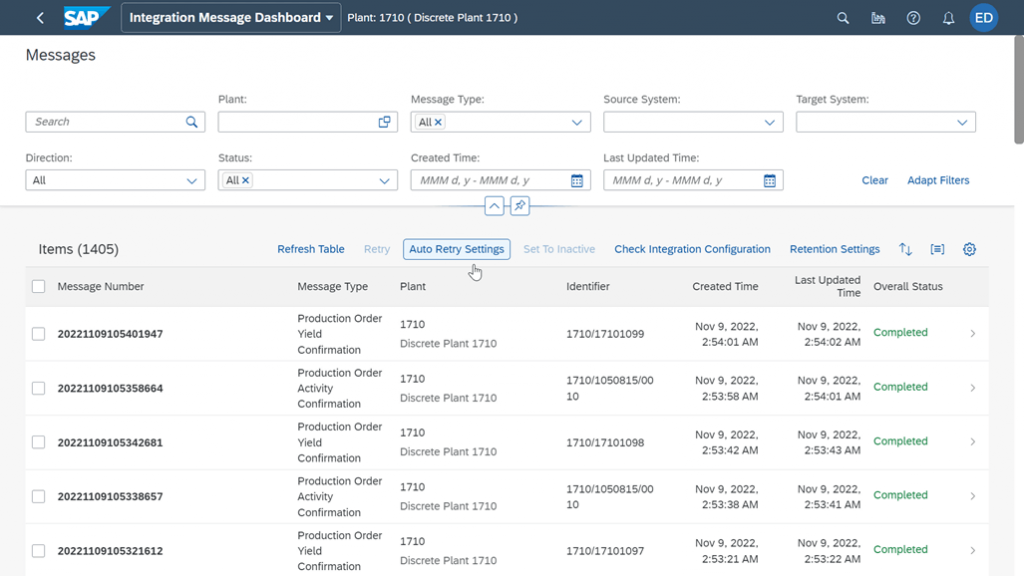
As the bikes were produced, they had to undergo quality inspection by the QA manager.
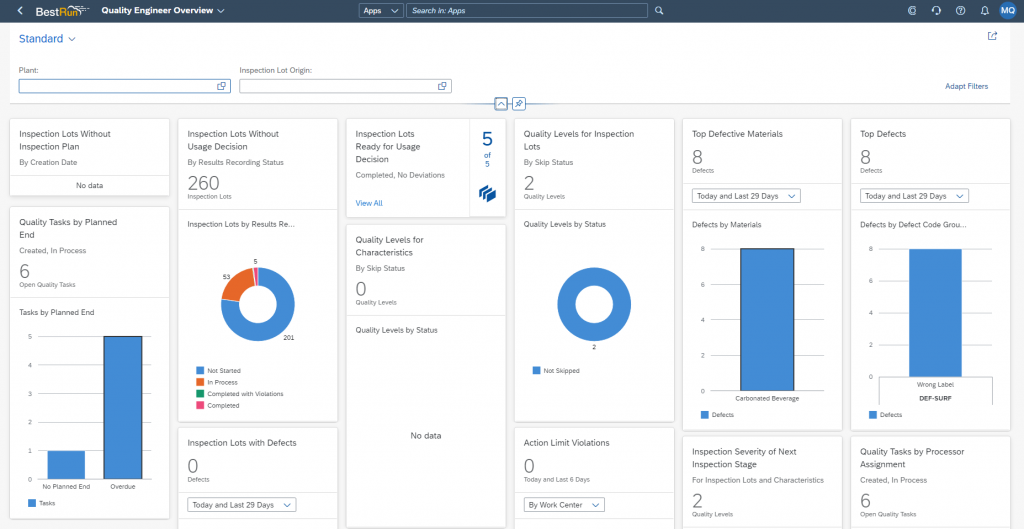
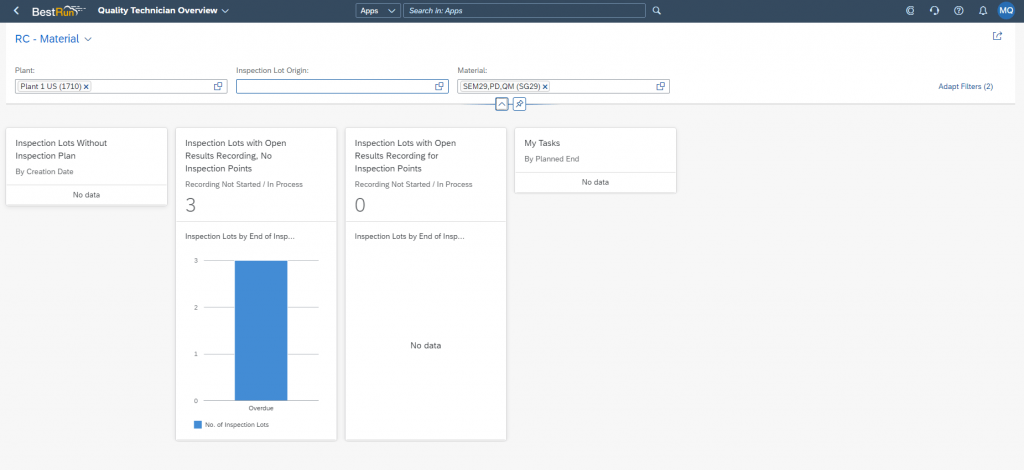
Finally, they were added to the inventory by the inventory manager. With SAP S/4HANA Cloud, the company was able to manage its inventory levels in real-time, ensuring that it had the necessary stock on hand to meet customer demand.
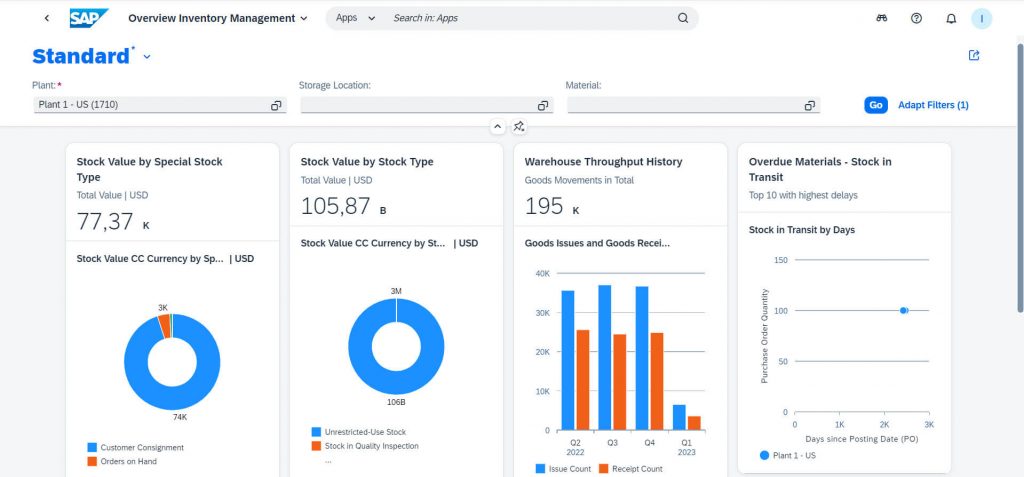
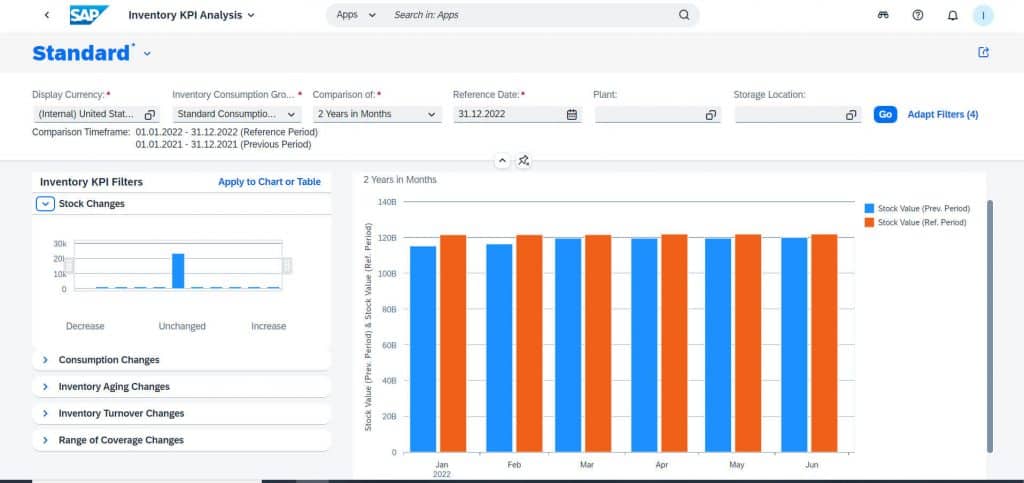
When it came time to sell their bikes, the sales representative was able to manage their sales and distribution operations with ease.
SAP S/4HANA Cloud enables end-to-end sales scenarios that cover all the stages of the sales process, from order management to order fulfillment and billing. With its integrated analytics and reporting capabilities, companies can gain real-time insights into customer behavior, sales performance, and product demand, which can help them make more informed decisions and optimize their sales operations.
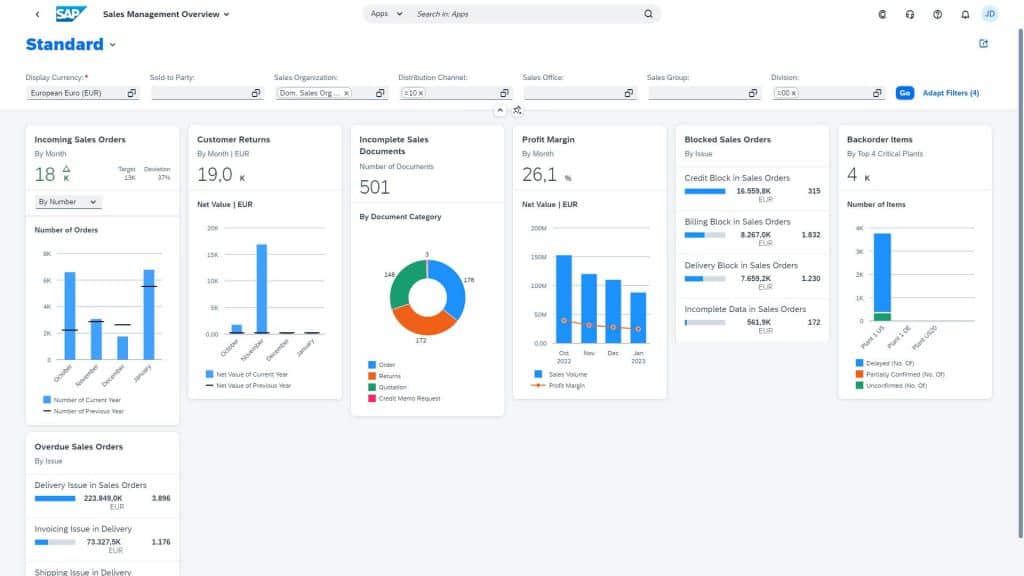
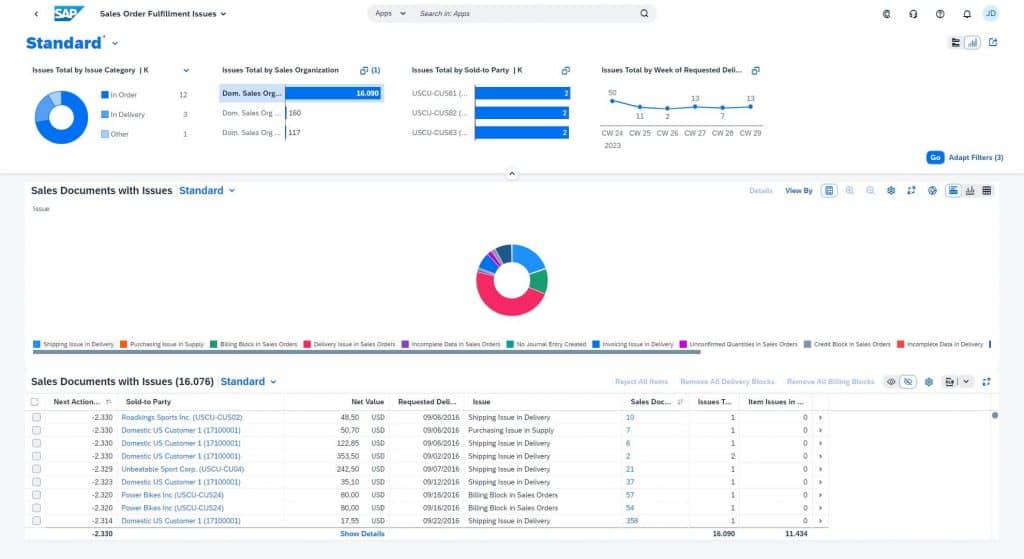
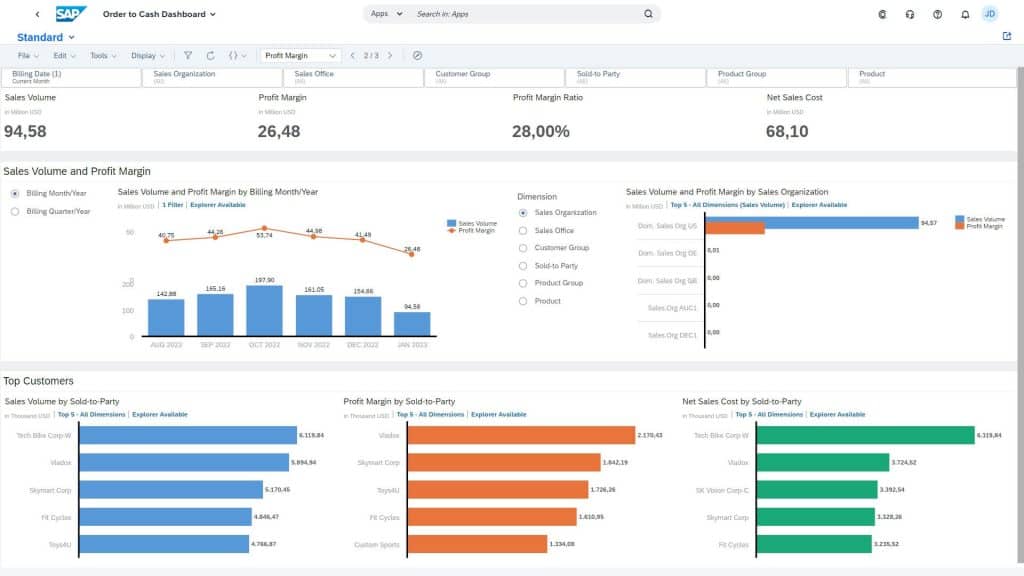
With seamless integration with delivery & transportation management, S/4Hana Cloud enables companies to manage their entire transportation process, from planning and scheduling to execution and monitoring.
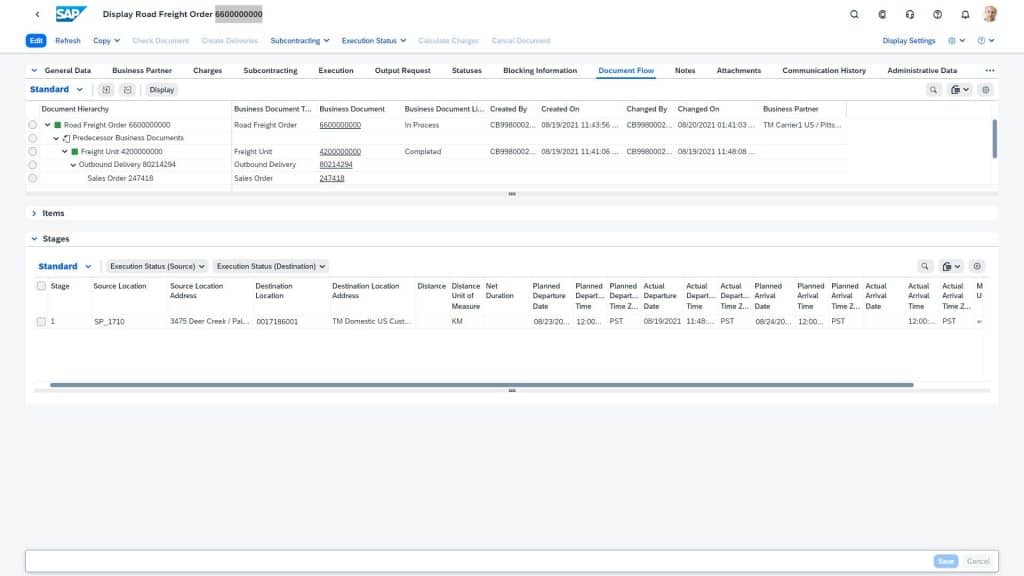
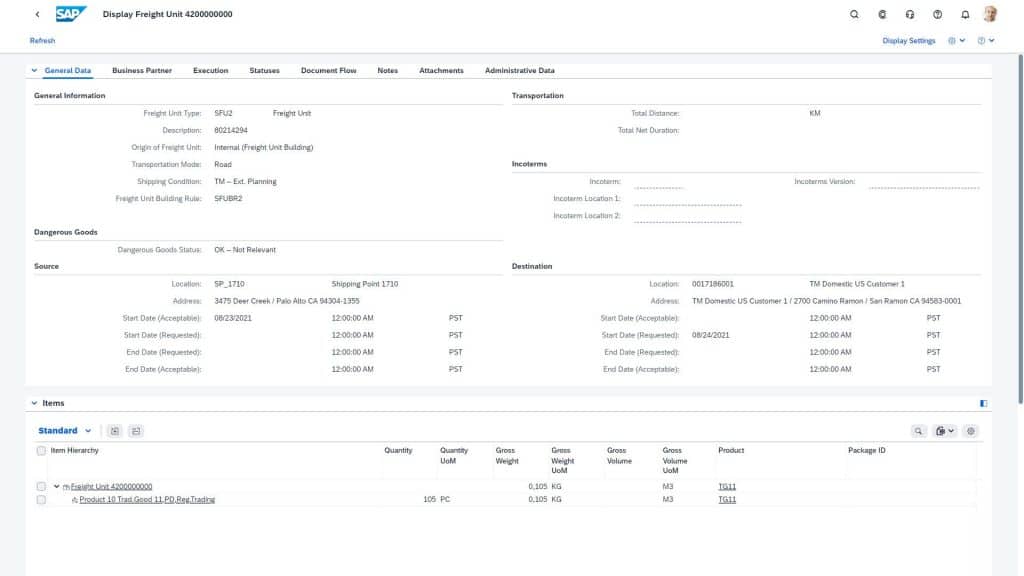
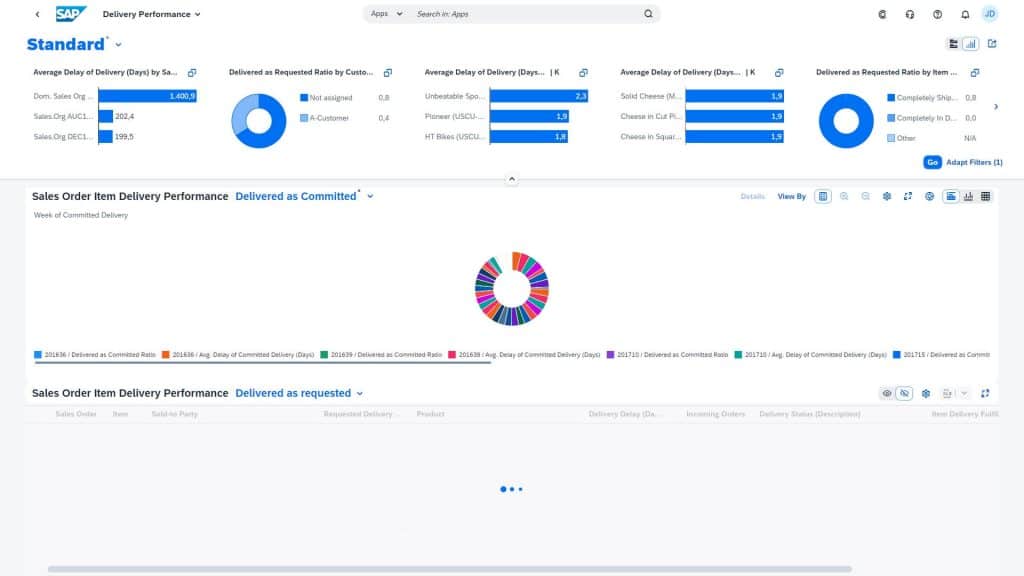
Finally, with S/4Hana Cloud’s built-in analytics and reporting capabilities, the billing clerk produces invoices from the system. Even users can get some financial reports based on the entire end-to-end process.
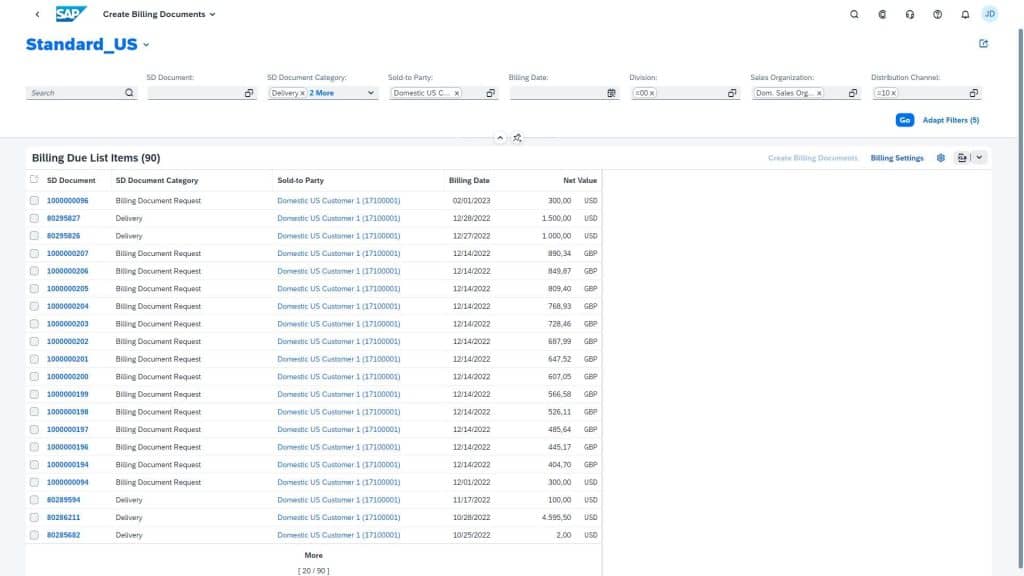
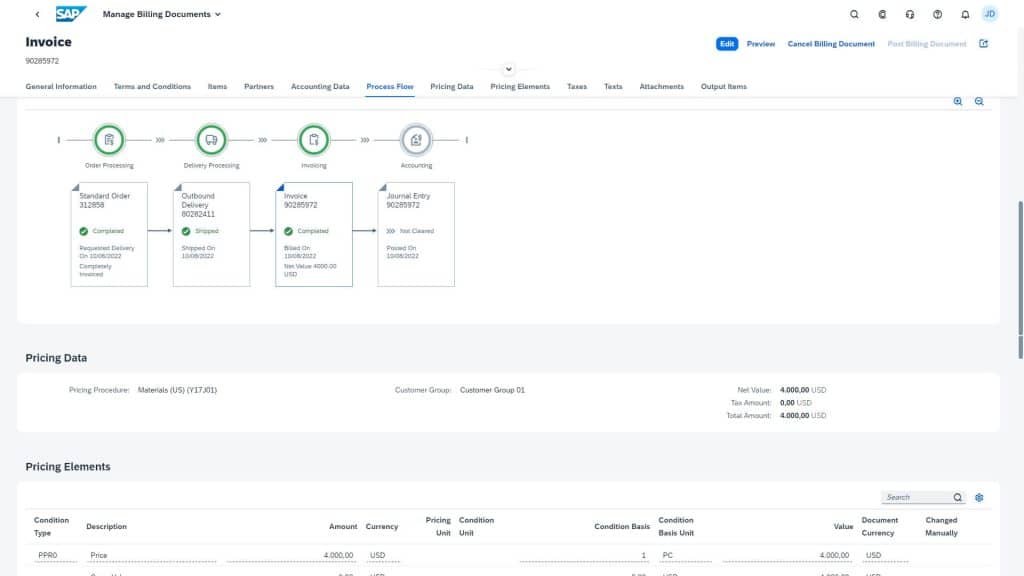
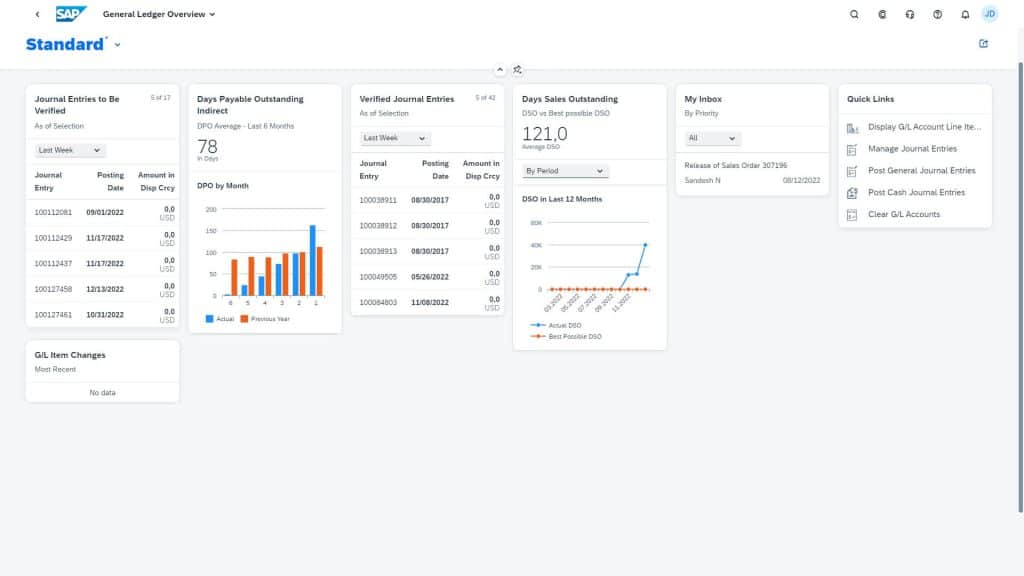
With SAP S/4HANA Cloud, the company was able to integrate with other cloud solutions to streamline its operations and drive business growth. They gained valuable insights into their operations and made data-driven decisions.
Thanks to SAP S/4HANA Cloud, the company was able to increase efficiency, reduce costs, and drive business growth. They no longer ran out of stock and were able to meet the demand for their high-quality bikes.
